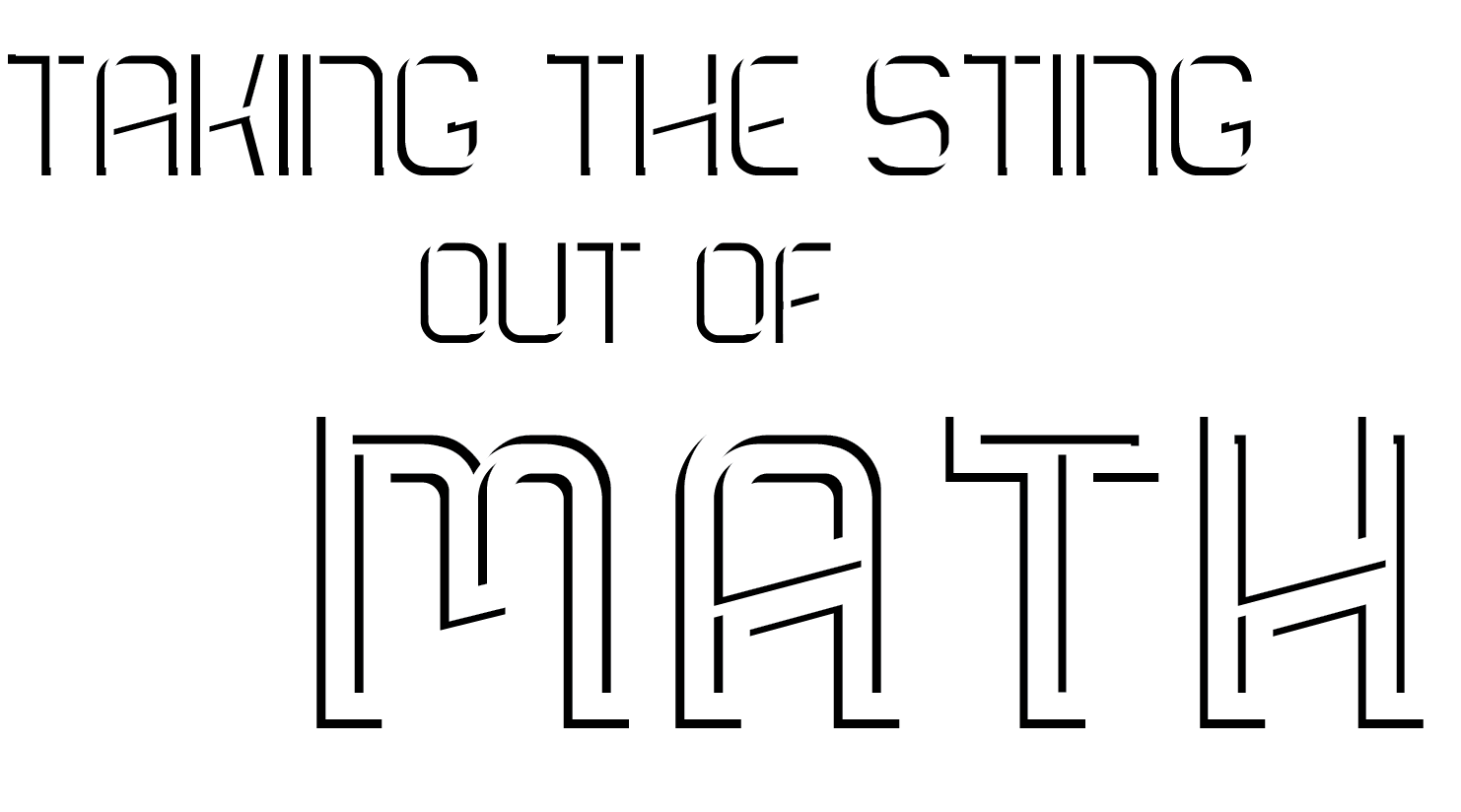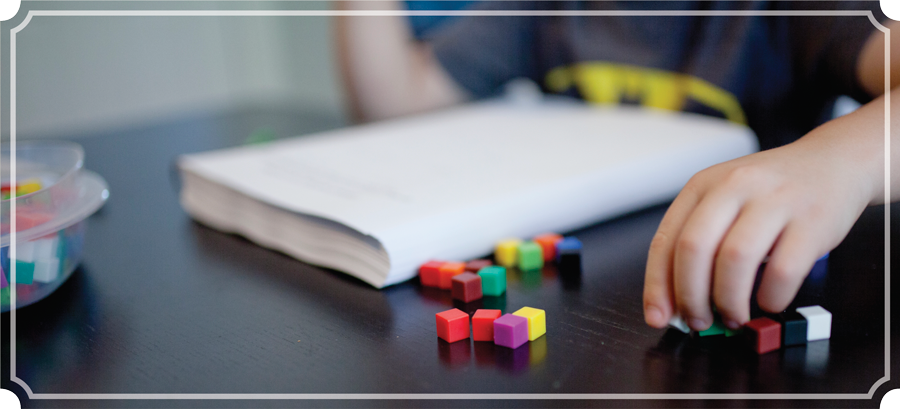
Comparing is greater than (>) or less than(<). Combining is adding(+) or subtracting(-).
Once again, “To compare or combine, you must be the same kind.” When I was a classroom teacher, I normally taught this idea when combining algebraic expressions like 2X + 3X = 5X. Since they are both Xs, I was able to add the 2 and the 3 to get 5. Similarly 4A plus 5A equals 9A. When the variables are the same, we can add the numbers.
Taking this concept a little further, what is the answer if I am adding 2X + 5A? Since they are not the same kind, or the same variable, then I cannot add the numbers, and 2X + 5A = 2X + 5A.
When I began teaching younger students, I discovered the same principle in place value. 2 hundred plus 4 hundred is 6 hundred. Since I am adding hundreds, which are the same kind or same place value, then I can add the numbers and 200 + 400 = 600. Most of us know this, but perhaps we have not articulated how it works. 5 thousand plus 3 thousand is 8 thousand. Now, let’s see if we really understand this concept, what is 3,000 plus 600? The answer is obviously 3,600. Since hundreds are a different place value or kind, then we cannot combine or add 3 plus 6 and simply leave the answer as 3 thousand 6 hundred.
For many years I used to wonder how fractions were connected to the decimal system. The subject of fractions seemed to be almost a separate discipline. Then one day the light bulb went on, and I saw that the same principles are present in the world of fractions. Whereas in the number 3,000, 3 tells us how many, and thousands tell us what kind. In the fraction 3/7, the 3 (or numerator) tells us how many and the 1/7s (or denominator) tells us what kind.

Decimals are fractions written on one line. They are a merging of the decimal system with place value and fractions. The reason for lining up two decimal numbers before adding or subtracting is to ensure that we are adding tenths to tenths and hundredths to hundredths. Do you know how, to compare or combine, you must be the same kind, is present in decimals? We can only add/subtract tenths with tenths and hundredths with hundredths.
So far I have only addressed combining or adding/subtracting. Comparing two numbers, or two fractions, or two decimals, is an extension of the same principle. I will illustrate this with coins and money. Ask yourself which is larger or “more money,” 14 nickels or 3 quarters? I have given this problem to many audiences and observed over a dozen ways of arriving at the correct answer. However, please don’t focus on the answer as much as how to solve this problem.
Most people change the 14 nickels to 70¢ and the 3 quarters to 75¢. They then can compare the two quantities and confidently assert that 75¢ is greater than 70¢, and they are correct. Other people in the audience change 3 quarters to 15 nickels since there are 5 nickels in each quarter and with 3 quarters that makes 15 nickels. They also arrive at the correct conclusion that the 3 quarters is larger, or greater, or more money. Have you noticed that before they could compare, they first had to make both sets of coins the same kind? The first group made them all pennies, and the second group made them all nickels. At the risk of being repetitive, does this statement make more sense now, to compare or combine, you must be the same kind?
In fractions, if you are asked which is larger, 3/7 or 2/5, this is very difficult since they are not the same kind. Now we know that we must first make them the same kind, in this case, 35ths and then the problem is very doable. Using equivalent fractions, 3/7 becomes 15/35 and 2/5 becomes 14/35. We can readily see that 15/35 is greater than 14/35.
In conclusion, once two fractions are the same kind, or the same denominator, then we are able to add, subtract, or compare these fractions. But we must first make them the same kind.

